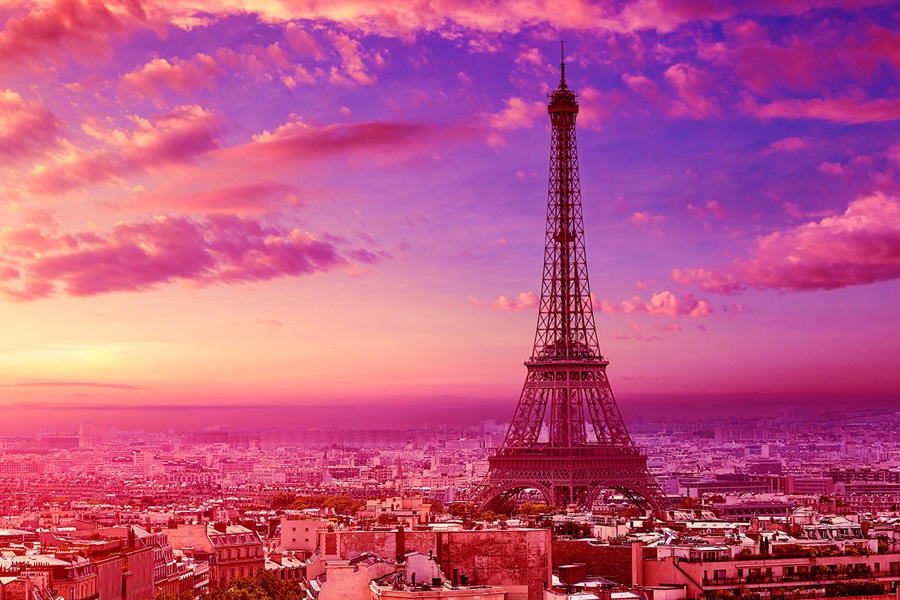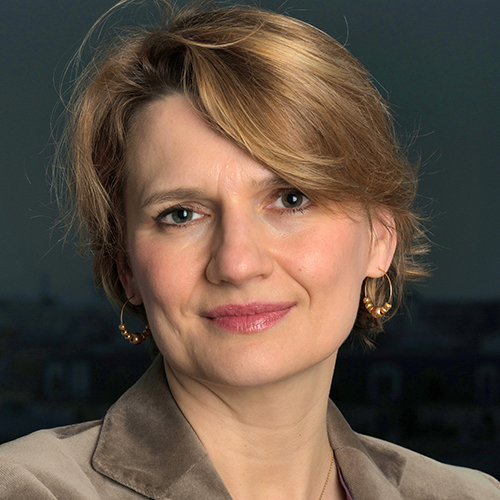The study also reveals the emerging of 6 groupings, which go beyond traditional segmentation criteria (geographical area, age, gender), and are defined by what matters to them in their attitudes and relationship to luxury.
Purchase intentions for 2023 are constantly increasing
The respondents stated that in 2022 they purchased an average of 6 categories of luxury goods/services (among the 9 suggested **) for an overall spending of $43,000.
And if this is true today, it will be true tomorrow as well: purchase intentions for luxury goods and services are very dynamic with 65% of respondents declaring their intention to spend more in 2023 on at least one of these sectors.
|
** |
Purchased in 2022 |
Average spendings 2022 |
Intend to spend more in 2023 (%) |
|
Luxury jewelry |
68 |
10 463 € |
30 |
|
Luxury watch |
65 |
10 560 € |
24 |
|
Luxury fashion and Haute-Couture |
61 |
9 041 € |
35 |
|
Luxury leather goods |
70 |
7 169 € |
34 |
|
Luxury accesories (glasses, scarves…) |
68 |
4 289 € |
25 |
|
Luxury hotels |
75 |
7 194 € |
38 |
|
Luxury spas & beauty institutes |
54 |
5 304 € |
36 |
|
Gastronomic restaurants |
78 |
5 539 € |
38 |
|
Liquors, champagne and prestige wines |
70 |
4 720 € |
29 |
|
Average |
|
|
32% |
|
|
Overall average spending |
Intention to spend more on at least one category |
|
|
|
43000 |
65% |
|
On average, 32% of the population say they want to increase their luxury spending across the 9 categories studied in 2023. Not all categories show the same projected growth rate, and there are also specificities in certain markets:
- Upward purchasing intentions are particularly strong in China (39% on average)
- The United Kingdom stands out with more downward intentions: twice as many respondents say they want to spend less than the global average, probably as a consequence of the current crisis linked to inflation (26% on average).
In this country, the part of the population that wants to spend less in 2023 is also much higher (27% versus 12% on average).
Customer journey: Stores retain their place of choice in the face of online
These spending growth forecasts apply to the various retail channels, with stores playing an essential role, with a forecast growth rate of +26%, even if online spending continues to grow strongly at +32%.
However, the way in which channels are expected to evolve varies by geographic zone
- In China, the increase in online purchases mainly involves mobile purchase
- Whereas in France, the share of online purchases will also increase, but mainly driven by purchases via laptops
If we look at the customer journey, online touch points are more relevant for the consumer during the research phase, while physical locations are preferred to complete the purchase.
« Our study, which includes open-ended questions, allowed us to pinpoint three key themes for a successful shopping journey. Luxury consumers value: unique in-store moments, holistic experiences (with consistency across all facets of the brand relationship) and artistic, festive or educational events organized by brands for VIP customers.» - Adrien Germain-Thomas, Head of Commerce and eCommerce, Kantar Insights
The emergence of a new map of desires that goes beyond borders and categories
Regardless of their origin, gender and generation, the people interviewed fell into six transverse desire segments, based on what defines them and what is important to them.
One might be looking for...
- Discovery: "I like to learn, discover and experience new things" (29%)
- Attention: "I have influence and like to be seen and noticed (18%)
- Status: "I have ambition, I am successful in life and I have no reason to hide it" (15%)
- Exclusiveness: "I favour discretion, the scarcity of privileged people and avoid showing off" (14%)
- Legacy: "I favor know-how, tradition and timelessness and I refuse novelty for novelty's sake" (12%)
- Genuineness: "I am a committed person, I believe in going back to basics and my choices reflect my values" (12%)
Each of these desire regions implies different challenges for luxury brands. The study shows that everyone has different expectations of brands, aside from seeking to express their style and personality, which is a transversal expectation.
And particularly, on the issue of the adoption of blockchain-related innovations (cryptocurrency, metaverse and NFTs)
There is little difference in terms of awareness: almost everyone knows about NFTs, metavers and cryptocurrency. However,
- Cryptocurrency usage is particularly prevalent among those who are keen on discovery (41%), more adventurous and probably more risk-friendly.
- The usage of the metaverse is more widespread among those who seek to attract attention and influence (20%), who are the most "communicative", and therefore more seduced by this new communication medium.
- Finally, the use of NFTs is more popular among people who aim to enhance their status (23%), which is possible by purchasing works of art or virtual objects in limited or unique quantities, all this with the safeguards offered by the technology linked to NFTs.
In a nutshell, we are more sensitive to offers that serve our purposes.
"These clusters go beyond traditional segments (country, age or gender), to focus on customer needs. Each of these territories of desire is meaningful and transversally present on the 3 continents.
Brands can leverage one or more of these deep motivations, depending on their ambition, positioning and target. Only one group stands out as being more important than the others: the desire for "discovery" (which is mainly driven by the USA). This illustrates the importance of innovation and surprise in order to maintain desire» explain Nelly Papapanayotou, Head of Brand Strategy, Kantar Insights.
* Kantar and Altiant online study conducted between October 21 and November 1 2022, among men and women between the ages of 18 and 60, in the top 5% of annual incomes, who have purchased at least one luxury item in the past year. The study was conducted in the United States, China, and Europe (Germany, France, Italy and the United Kingdom).


